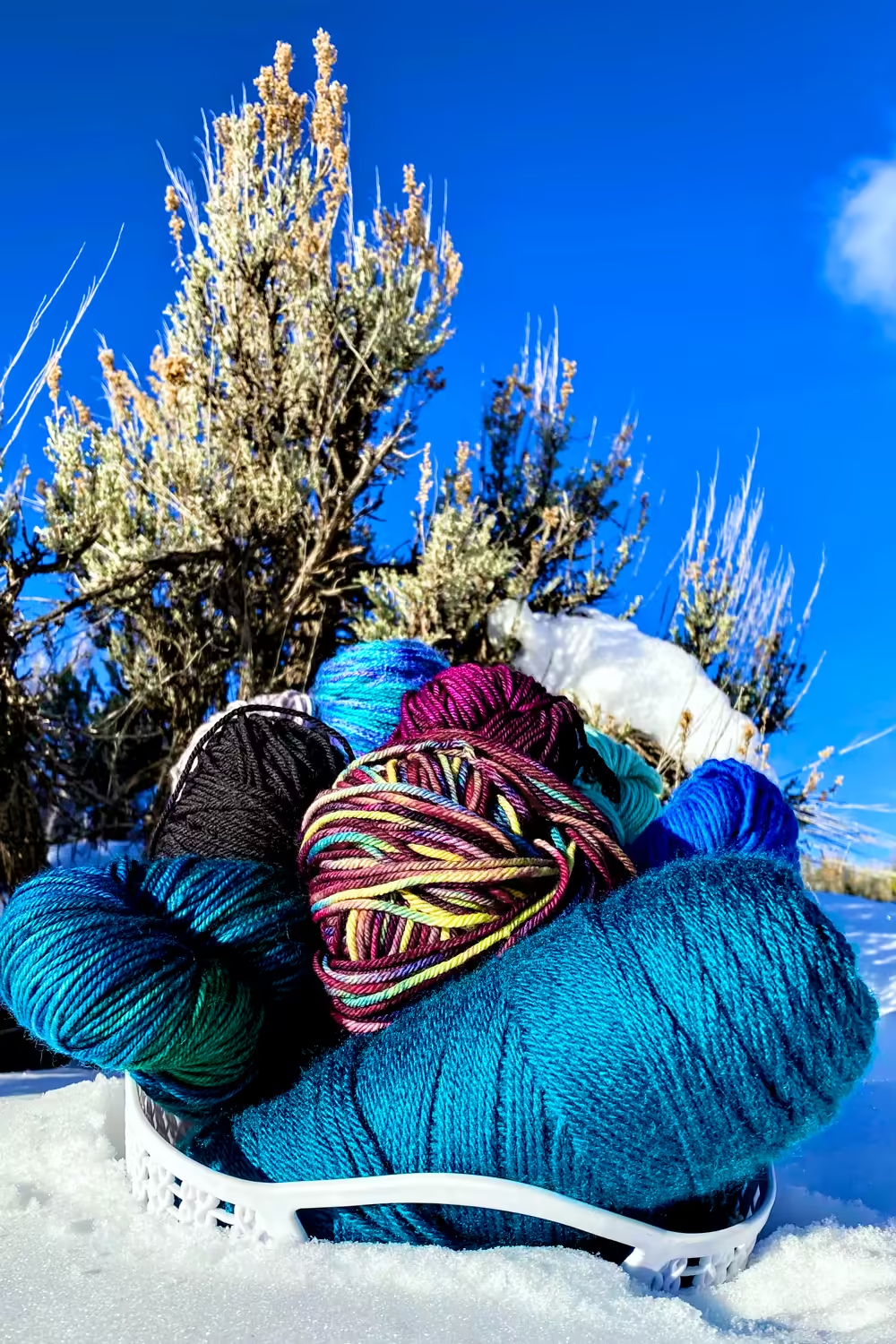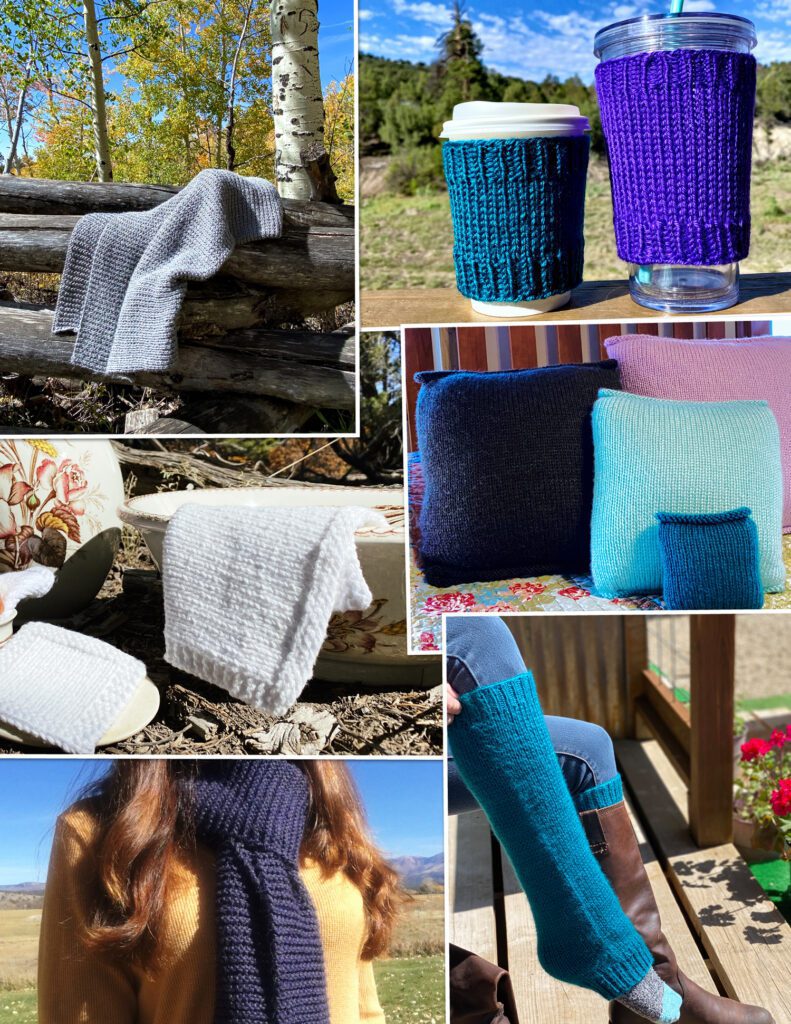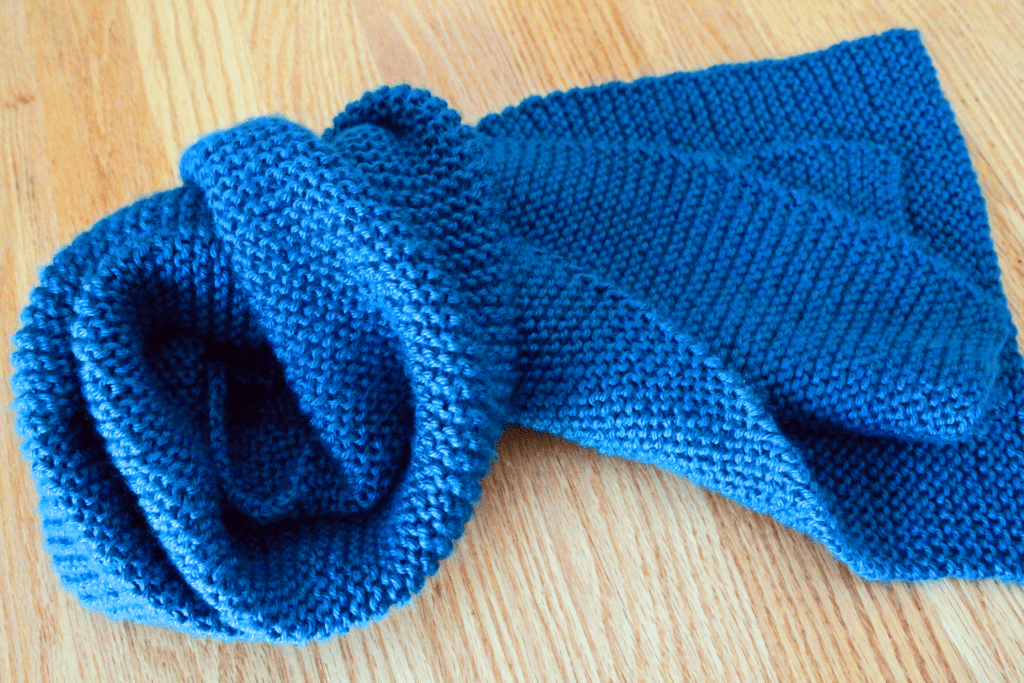Much like recipes in baking, knitting patterns try to break down a project into simple steps to help you create a copy of the designer’s creation. Looking at your first knitting pattern can sometimes be overwhelming; there tend to be many sections and a lot of abbreviations. But when you break them down, you will find that almost all knitting patterns are made up of similar parts.

Most patterns structured in the same way. They will usually include:
- An introduction.
- A materials list.
- The gauge of the pattern.
- An abbreviations key.
- Instructions for knitting.
Materials
Almost every knitting pattern will list the materials required to make the item exactly as the author did. You should see knitting needle sizes as well as a yarn suggestion. In most cases, the author has not attempted to make the item with more than one type of yarn. Often, they have only knit it in one color. If you wish to replicate the pattern exactly, you must find the recommended yarn.
Substituting Materials
If you are unable to locate the yarn used by a pattern’s author, you can try substituting yarn. If you try this, you will need to ensure you select yarn in the same weight as the suggested yarn. Because the thickness of yarns in the same weight category can vary slightly, before you substitute, always make sure you work up a gauge swatch to ensure your knit will work out to be the correct size.

Understanding Abbreviations
Knitting patterns are full of abbreviations and learning what they mean makes reading knitting patterns easier. Knitters use a shorthand to keep track of the stitches they make when writing a pattern. Knitting designers usually provide a key at the beginning of the pattern, which explains their abbreviations. Always refer to this key. Some designers do not follow the standardized abbreviations, and others will create their own abbreviations for unique stitches.
If you find a pattern with no key, you can follow the more standard knitting abbreviations. Below are some basic knitting abbreviations that most knitters use; this is also a complete list of the abbreviations used throughout my Learn to Knit Guide. You will want become familiar with these as you start learning to knit.
Knitting Abbreviations Used in My Learn to Knit Guide
** = repeat the pattern between the asterisks
sl1pwyif = slip one stitch purlwise with yarn in front
sl1pwyib = slip one stitch purlwise with yarn in back
sl = sl1pwyib = slip one stitch purlwise with yarn in back
sl marker = slip the stitch to which a marker is clipped purlwise with yarn in back [Slip the stitch as if to purl with the working yarn held behind the work.]
ktbl = knit through the back loop
k2tog = knit two together
ssk = slip, slip, knit
M1L = make one left [Pick up the strand between the stitch just worked and the next stitch from front to back with the left needle and knit into the back of it.]
M1R = make one right [Pick up the strand between the stitch just worked and the next stitch from back to front with the left needle and knit into the front of it.]
Learn More Abbreviations
Want to explore more abbreviations with a side of silly fun? Read my Knitting Abbreviations Explained Series here.
As your knitting becomes more complex, you will come across abbreviations for increasingly more advanced stitches. Many knitters follow the Crafty Yarn Council’s collection of knitting abbreviations as a standard way of shortening words in knitting patterns. If the pattern you are working does not come with a key, you can look online at the Crafty Yarn Council’s list of standard knitting abbreviations, which can be found at: https://www.craftyarncouncil.com/knit.html.

Now, select a pattern, and practice reading it before you start knitting. Find my full collection of knitting patterns here.
Up Next
Find tips and tricks to help you with Following Knitting Patterns in the next lesson.


























































